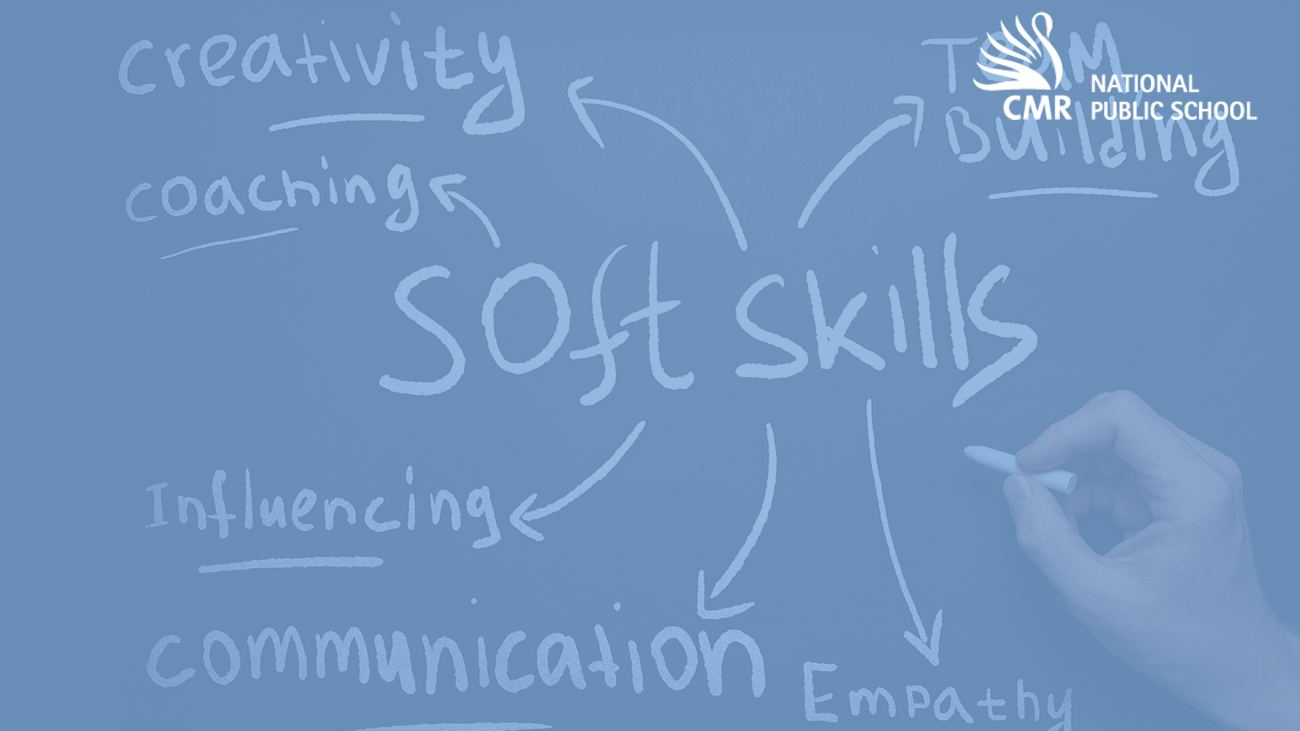“When positivity is the key
You’ll find peace in a cup of tea”
― Munia Khan, Fireclay
In our day-to-day life, we overlook objects and things and we take many of them for granted. We don’t give a lot of attention or significance to the small things that help us throughout our lives, even though without them we wouldn’t function properly. For example, our cups and mugs. You may ask “What about them?”. Yes, they are nothing special. They are just a tool to hold our beverages. But without cups and mugs, how else could we drink the coffee that helps us get through the day or the tea we have with biscuits?
Have we ever thought about how mugs are made? So many steps go into making the perfect mugs for us. Let me share a little about that. Two methods can be used to make mugs – handcrafting or industrial process. For obvious reasons, the process of creating mugs manually is time-consuming but the resulting mugs will also each be unique. I will give a quick overview of how mugs are made industrially. First, they create a prototype of the mug in plastic or plaster. This prototype can either be machine- or handmade and contains all the details which are desired in the final product. In most cases, several moulds are created to increase productivity. They contain four parts: two halves for the body and two halves for the handles. The clay is then cast into the mould. Three kinds of clay material can be used to make the mugs: stoneware, porcelain, or earthenware. The clay is diluted and then cast into the moulds. The clay in the mould is then left to harden and after that, the moulds are removed from the hardened clay. the hardened mugs are placed in a kiln for the firing process, where they are heated. Depending on the kiln size and type, the firing process can take anywhere between 2 and 12 hours at a very high temperature. After they have cooled down the mugs are glazed. The glazing process will create the glossy look of the ceramic mugs. The cups are then prepared for the second firing. Finally, they are taken out for cooling and after sufficient time, they are ready for use.
Quite complicated, isn’t it!
By, Ms. Banupriya Ella, CMRNPS


